The 2022 Indian FTR Brings An Oddball Closer To The Mainstream
When it was introduced for the 2019 model year, Indian's FTR 1200 was a unique riding experience. With a big V-twin in a sporty chassis, it was the rowdy American entry to the naked bike market that buyers were pining for. It proved super successful for the Indian brand, making inroads to new markets and finding new buyers. The bike had a few minor problems, however, that customers and reviewers agreed needed fixing.
(Full Disclosure: Indian invited me to beautiful warm Phoenix, Ariz. to test its newly revised FTR motorcycle. I paid for my own travel, driving down to the event in my own car rather than fly, though Indian did put me up in a nice hotel and fed me good food. I repaid the company's hospitality by riding one of their shiny new bikes into the side of a mountain.)
The FTR's flat-track-inspired 18 and 19-inch wheels were difficult to find tires for. Its big rowdy V-twin pumped out a lot of heat. The handlebars were a bit on the wide side and the engine management meant cold starts were frustrating at best. But for the 2022 model, Indian has fixed all of those issues to make the FTR far less fringe than it used to be. Seventeen-inch wheels mean tires are plentiful and grippy. The lower seat means it's easier to ride. Various suspension tweaks means it handles better than ever. Cold starts are now as smooth as butter. Rear cylinder deactivation and better aero around the radiator means the bike runs cooler.
And despite all of these improvements, I somehow find myself liking the old one a bit better.
They say the grass is always greener on the other side, and nowhere is that more true than the fence dividing the old FTR from the new. In riding the old bike I knew what would make it a better bike, lamented that those things weren't included in the design from the start, and now that I've experienced what I asked for, I realize that I adored the old bike not in spite of its imperfections, but because of them. In fairness to Indian, the 2022 bike is definitely a better bike than the one it replaces, but some of the weirdness, the uniqueness, the soul, is missing.
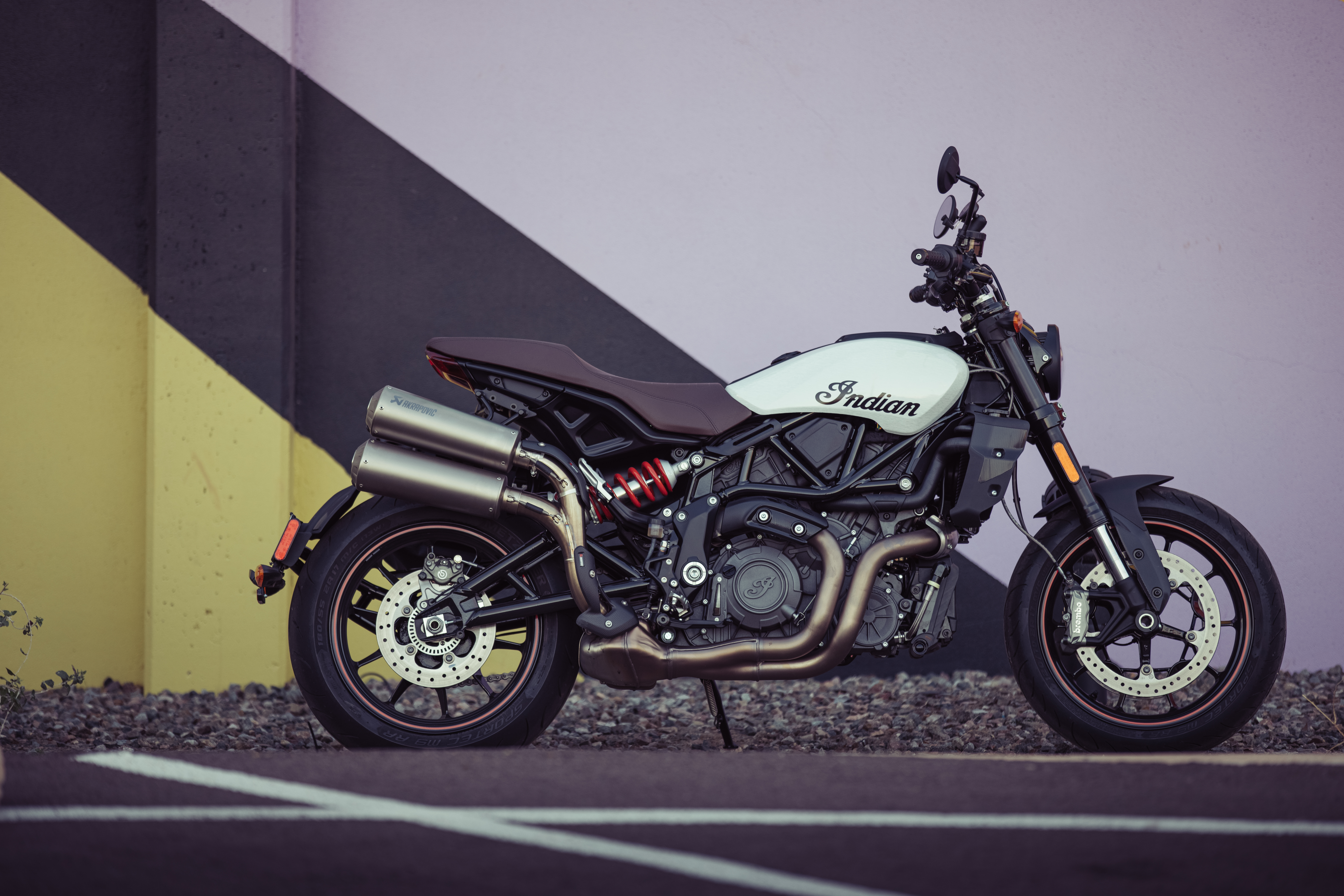
Were the oddball 18 and 19-inch flat tracker wheels integral to what the FTR is? In a way I think they might be. Stylistically and physically, the 2019 bike is taller and more imposing, which contributed to making it an icon of bike design for the decade. The new smaller wheels are lighter, provide better tire options, and make the bike a better all-rounder, but they make it look, ride, and feel a bit like every other sport naked out there today.
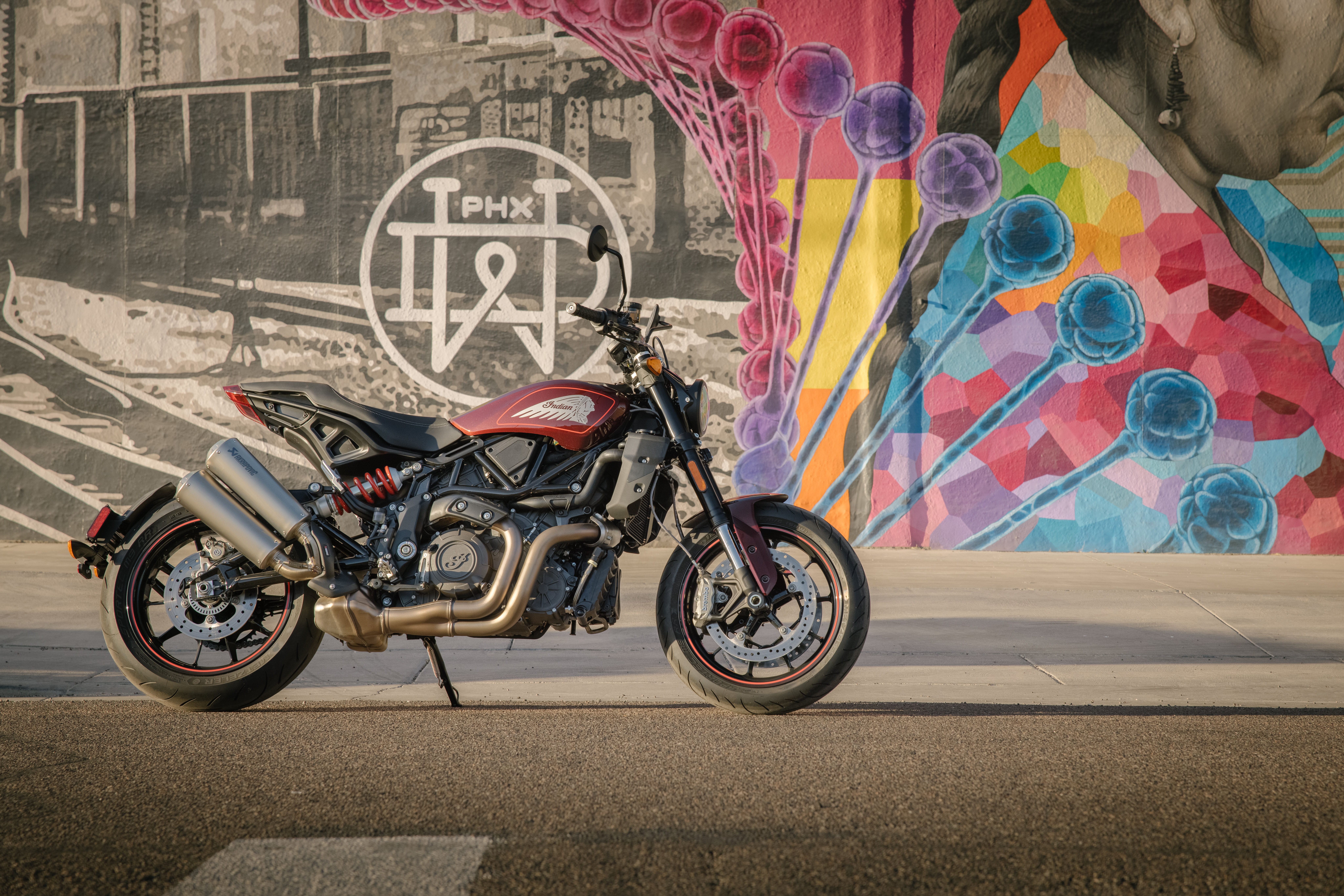
Power remains the same impressive 120 horses and 87 lb-ft of torque. Power has never been the FTR's problem, as it is a torquey monster with plenty of go-fast. The new 17" Metzeler Sportec M9 RR tires are grippier than the blocky Dunlop flat-track-inspired tires. Smoother and more tractable throttle inputs and a more upright front fork contribute to improved road riding, as it's less jumpy and more predictable. Braking remains quite good, unless you're an asshole like me. By all empirical measures, the new FTR is among the greatest bikes in the world.
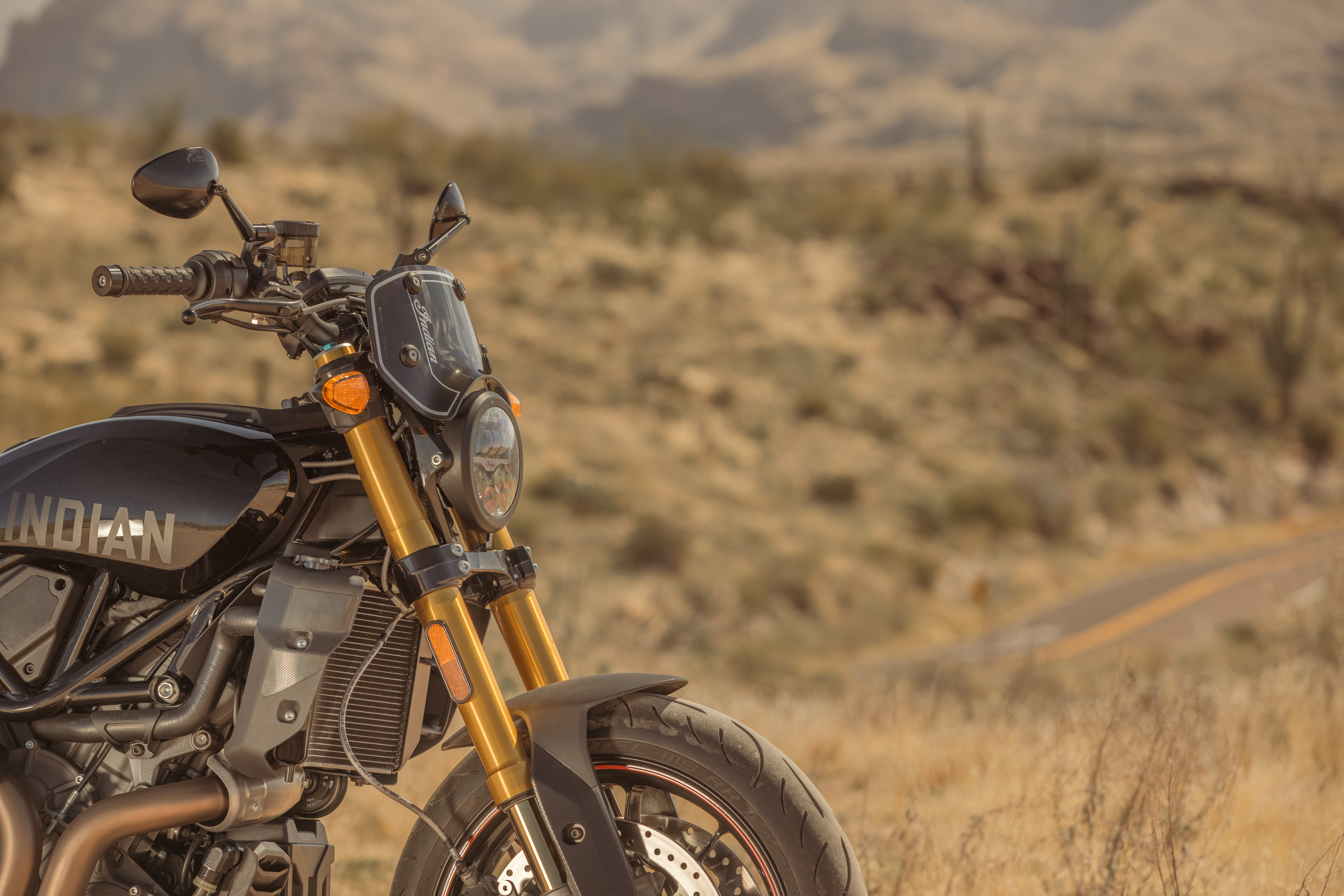
I've long held a theory, and this bike's improvements only push me further down this particular rabbit hold. What if by continually demanding products get better with each iteration, we're actually making them worse? The existing FTR was incredibly good; among the best bikes I've ever ridden. But reviewers and customers are conditioned to seek out minor flaws and shout about them until the manufacturer fixes them. Those flaws were fixed to inch the FTR closer to market perfect. The unfortunate side effect is that by cleaning up the FTR's image, it has grown to feel like so many other bikes in this class. Is it better to be better or is it better to be unique?
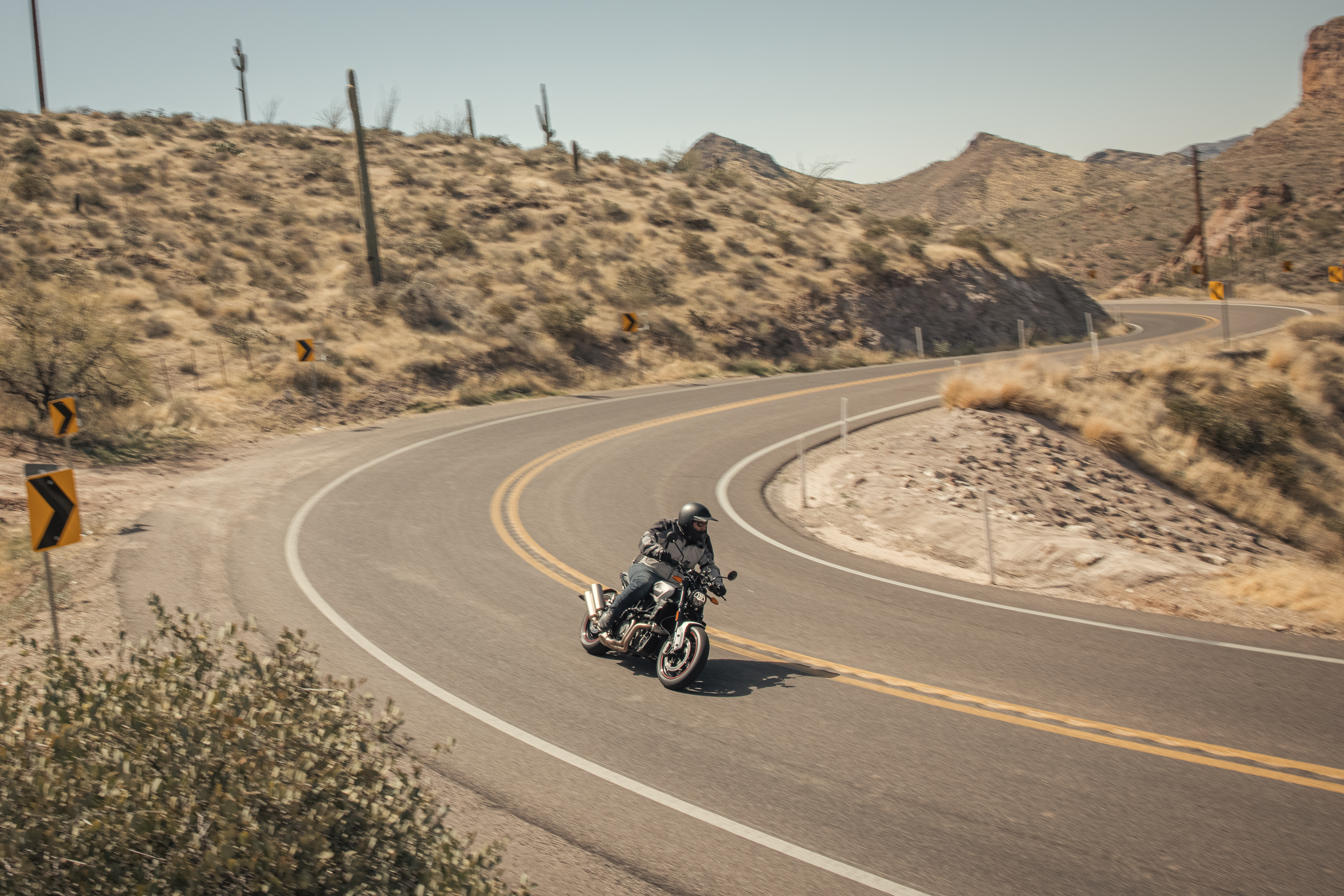
I don't want to get too stuck on this, because Indian has promised that further FTR iterations will be coming to return that flat track staggered swagger to the bike. And most of the changes, from the engine management to the rear cylinder deactivation to the cooling upgrades are going to be welcome no matter what the bike looks and feels like. If the company can blend the rowdy unbroken stallion nature of the 2019 bike with the smooth and cool engine updates for 2022, it might be the Goldilocks motorcycle.
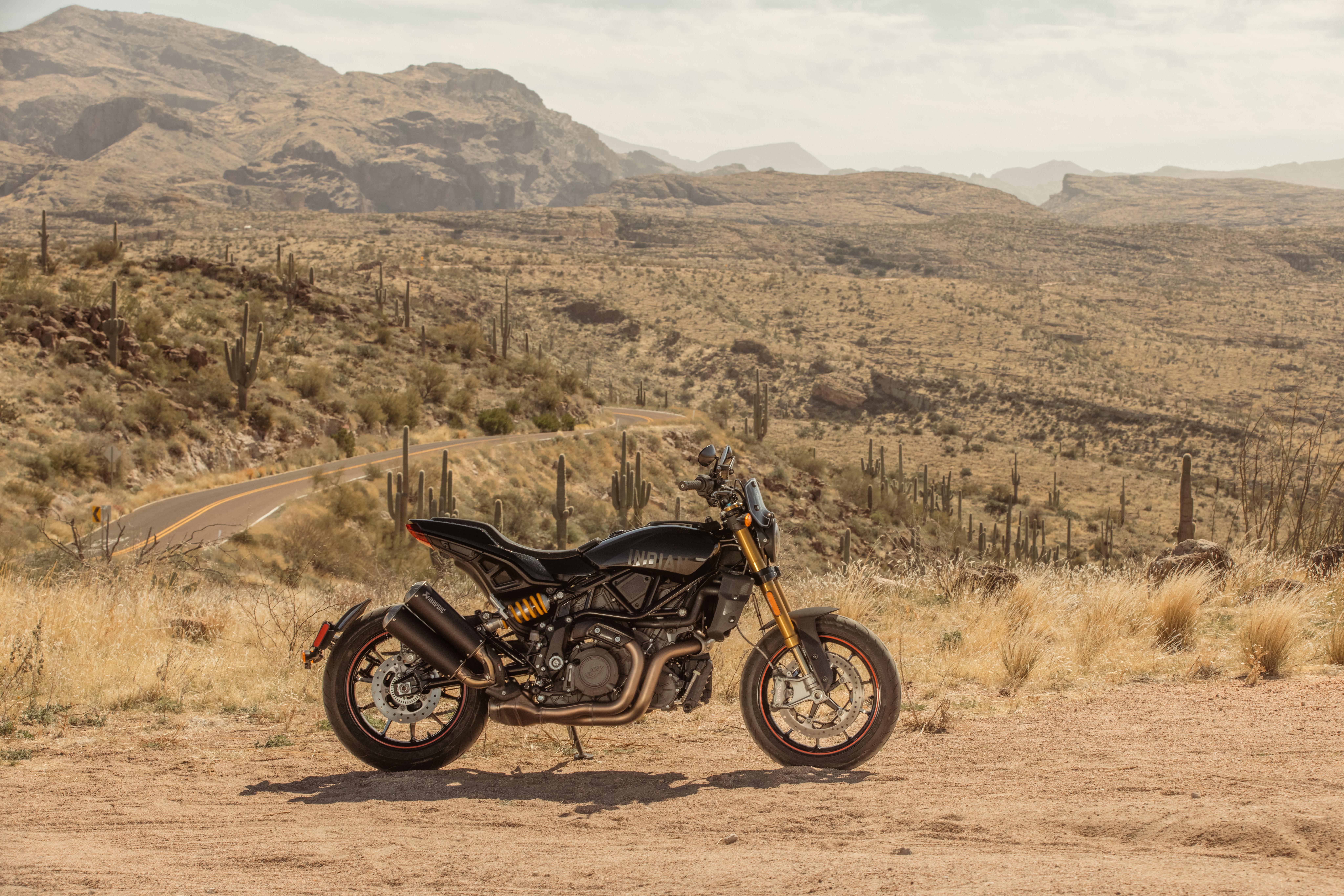
How Is The 2022 Bike Different?
17 inch wheels replace the 19 inch front and 18 inch rear of the outgoing bike. These new wheels and a few other minor changes contribute to a bike that is 12 pounds lighter.
The front fork rake has been steepened to 25 degrees. Trail has been shortened to 3.9 inches. The handlebars have been narrowed by 1.5 inches.
The seat height has been lowered by 1.4 inches with a smaller seat and shorter suspension travel. This is great for shorter riders, but at 6'2" I felt slightly more folded up on this version.
Engine management and a more imposing radiator shroud contribute to a smoother running and cooler running 1.2-liter V-twin. Rear cylinder deactivation while idling means less heat and hopefully less swamp ass in traffic.
How Was The Ride?
Well, aside from the incident it was a wonderful ride. Set in the warmth and beauty of extra-urban Phoenix, Ariz, with a gorgeous Sonoran desert backdrop, I couldn't have asked for nicer riding conditions. The roads up to Tortilla Flat were curvy and smooth.
Surrounded on all sides by terra cotta rock outcroppings, Brobdingnagian mountains, and ancient saguaros, the FTR and rider looked perfectly at home in the American west. Even with the taming work Indian has done for 2022, the bike is still a rowdy beast roaring across the wide open plains and echoing its bellow off canyon walls. I feel the connection with the bike that an 1800s prospector might have felt with his mule seeking fortune in these gold-and-silver-filled hills. We ride together because that is what we were meant to do.
Without any kind of wind protection, I'm buffeted on all sides by harsh hot desert air. I've done a few thousand miles on various FTR models, so this is not a surprise, but a full day of riding with no wind protection can get tiring, and even more so when its hot and dry in full gear. Stay hydrated. The ride is worth the effort.
The FTR is still an absolute blast to ride, but it no longer feels quite as vulgar. It's lost that pastiche of throwback imperfection. Indian skipped the 2021 model year for the FTR, but it feels like the two bikes are separated by decades of progress. The outgoing bike, particularly in the unassisted base mode with analog gauges, felt like legitimate and earned 1968 rowdy. The new bike feels like it was built in 2022. There's good and bad to both.
The engine is still a fucking gem. Indian should power all of its bikes with this motor. Hell, there are some cars that would be improved by this motor.
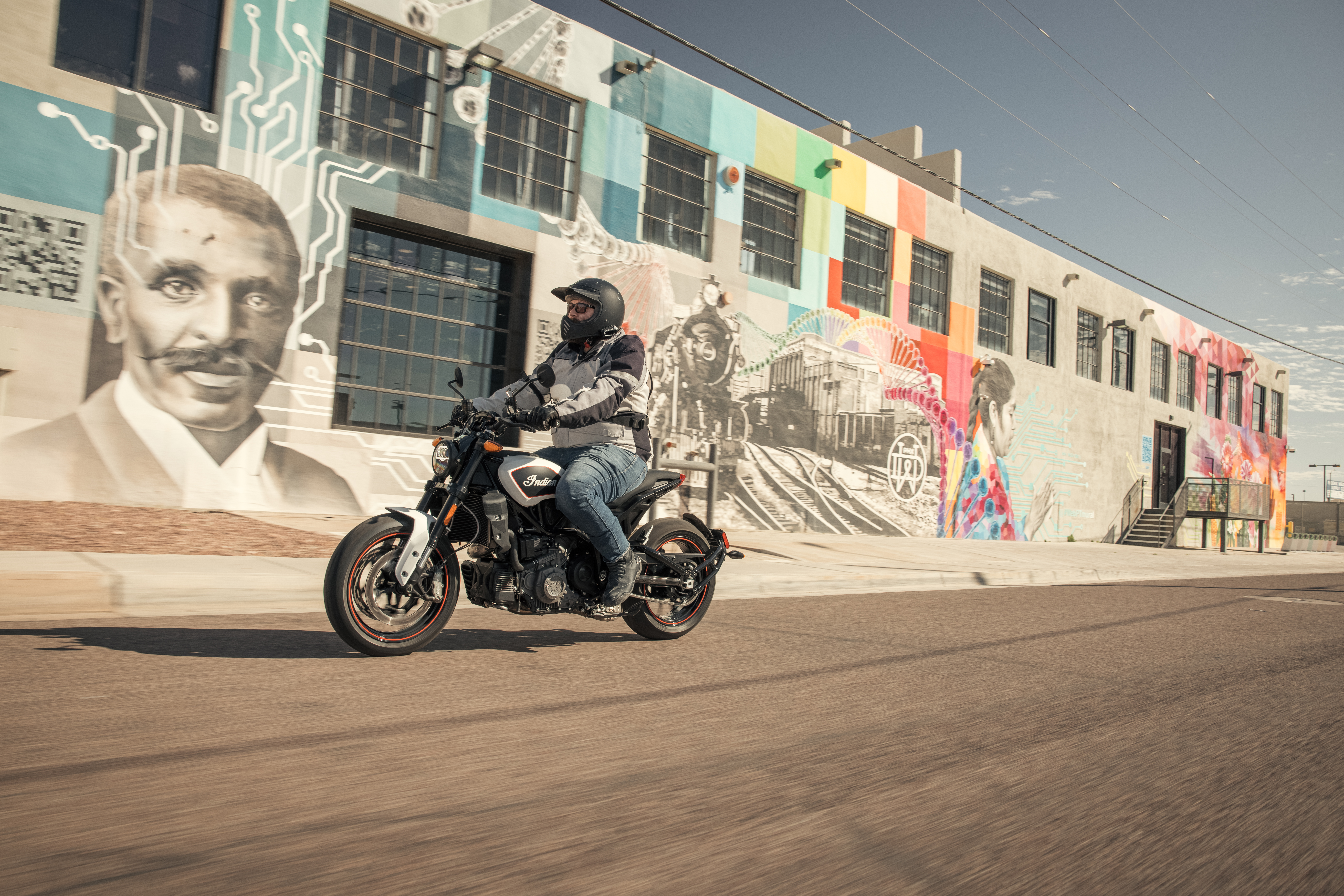
Major Takeaways
Fuel economy and range is still quite poor, and as before you'd be lucky to get 100 miles from a fill up. Engine cooling is definitely improved, but there's no getting around the fact that a 1200 cc performance engine is going to run warm. On a hot day, you're still going to get hot. The bike still doesn't have heated grips, so wear warm gloves on a cold day (though you can get them as a dealer add-on).
All of that is minor piddly shit, because this bike is such a great thing to ride. Clearly Indian has built a mega machine when I can spend several paragraphs complaining about how its too good.
Pricing and Lineup
The base model has had its price lowered to $12,999 which is a hell of a price for that bike. For 2022 the base model now comes with adjustable suspension, which is a totally rad upgrade. Given the choice, this is the one I would want to take home. Great value for money, because you're basically just buying an engine with a seat on it, which is how this old-school cool bike should be enjoyed.
The S model now starts at $14,999 and comes standard with a lot of the equipment the high-priced Race Replica version had last year. Crucially, the S now comes standard with the Akrapovič titanium exhaust, which sounds truly wonderful. Of course the S still has the TFT dash screen, adjustable ride modes, Bosch advanced traction control, and more.
The Race Replica has been replaced with a new Carbon R model which will run you $16,999. For that price you get upgraded Ohlins remote reservoir shocks and a boatload of gorgeous carbon fiber accessories. If you're going to go all-in, this is the way to do it. This might make a fun track toy, honestly.
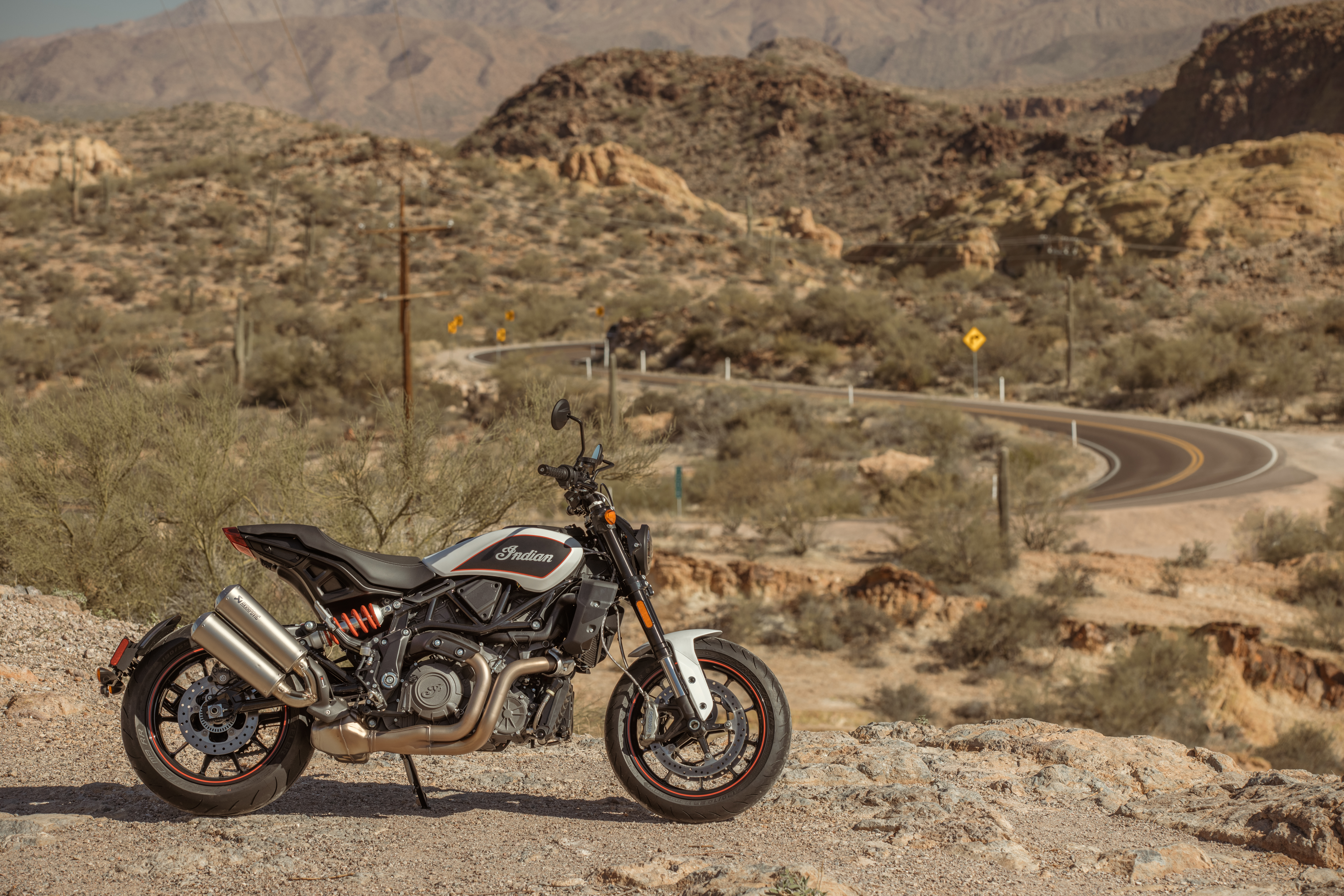
The FTR Rally model stays on largely unchanged for 2022 at $13,999. If you want an urban scrambler, it's hard to beat this machine.




